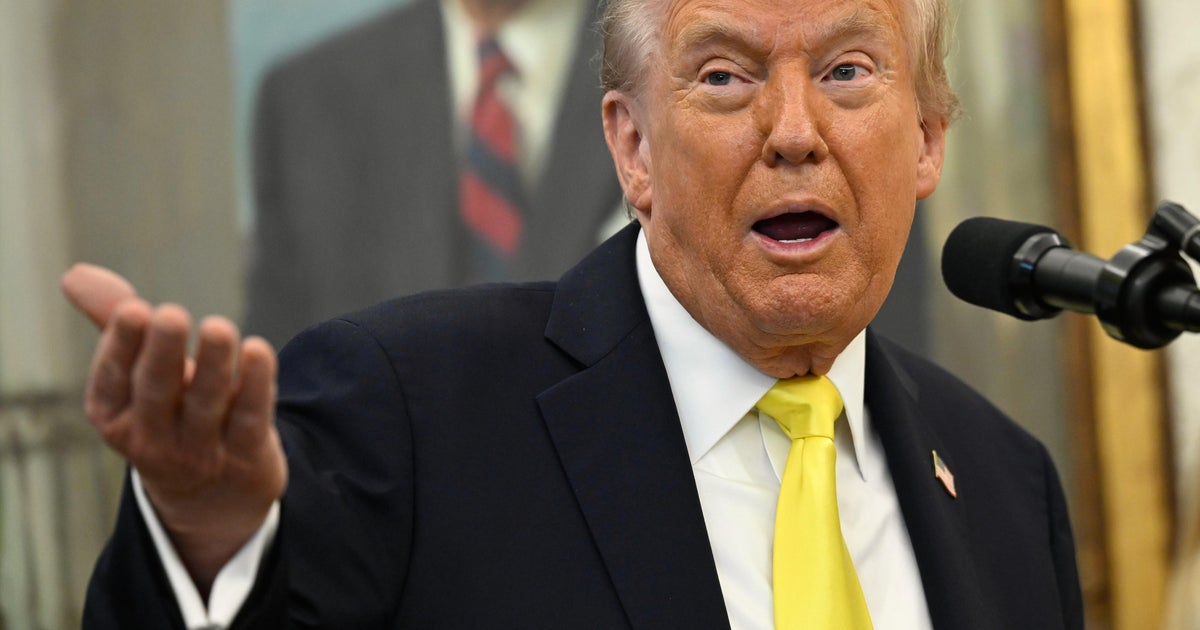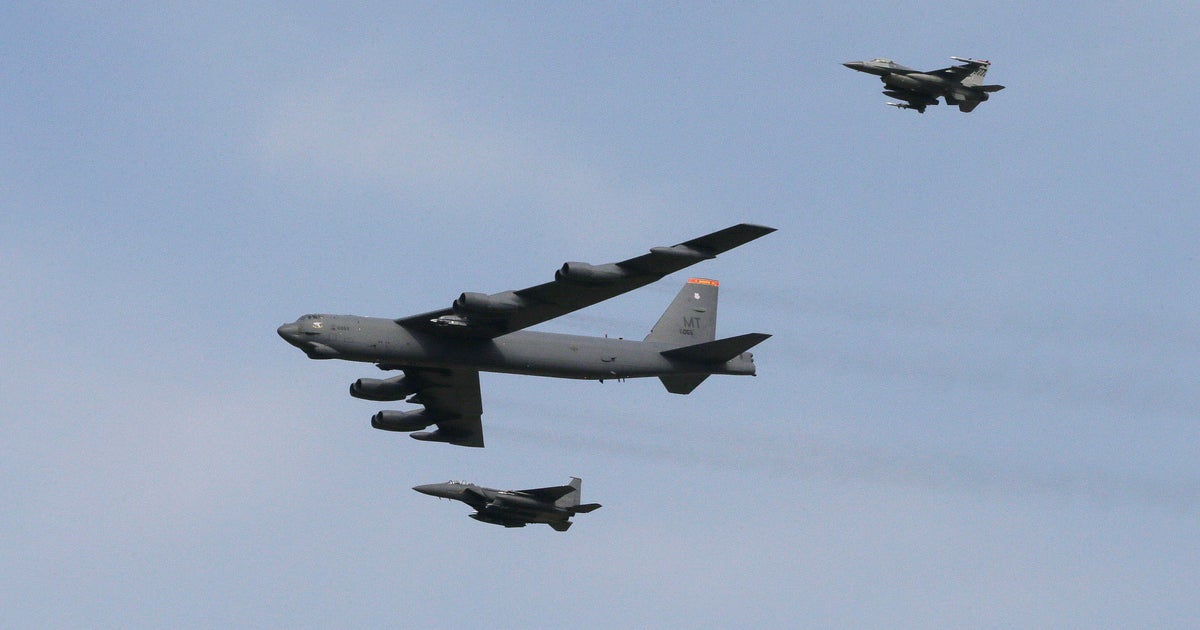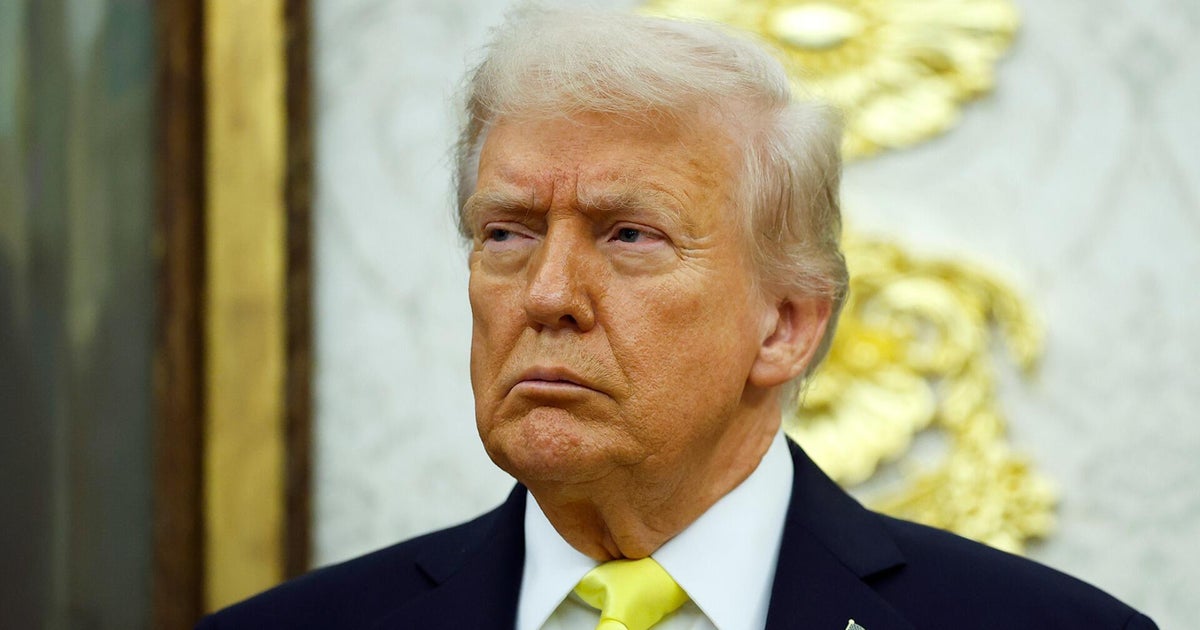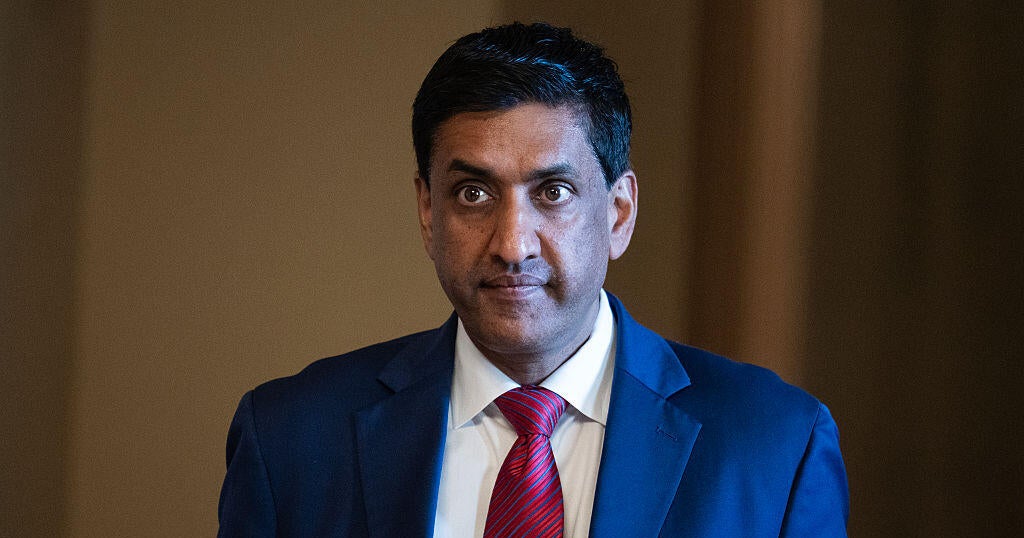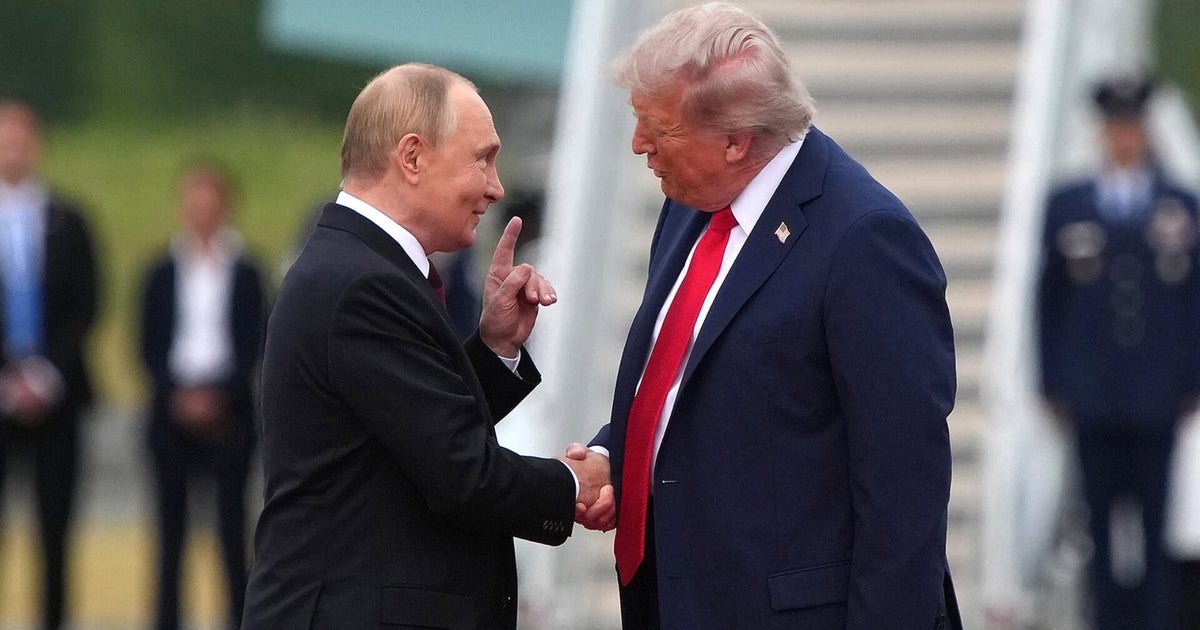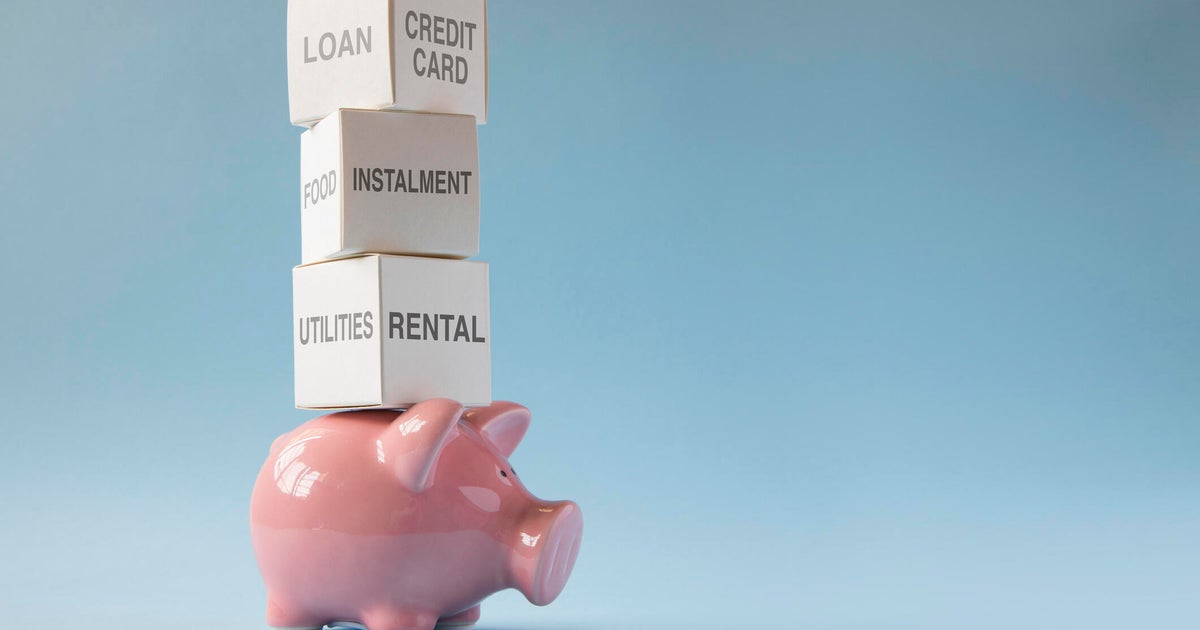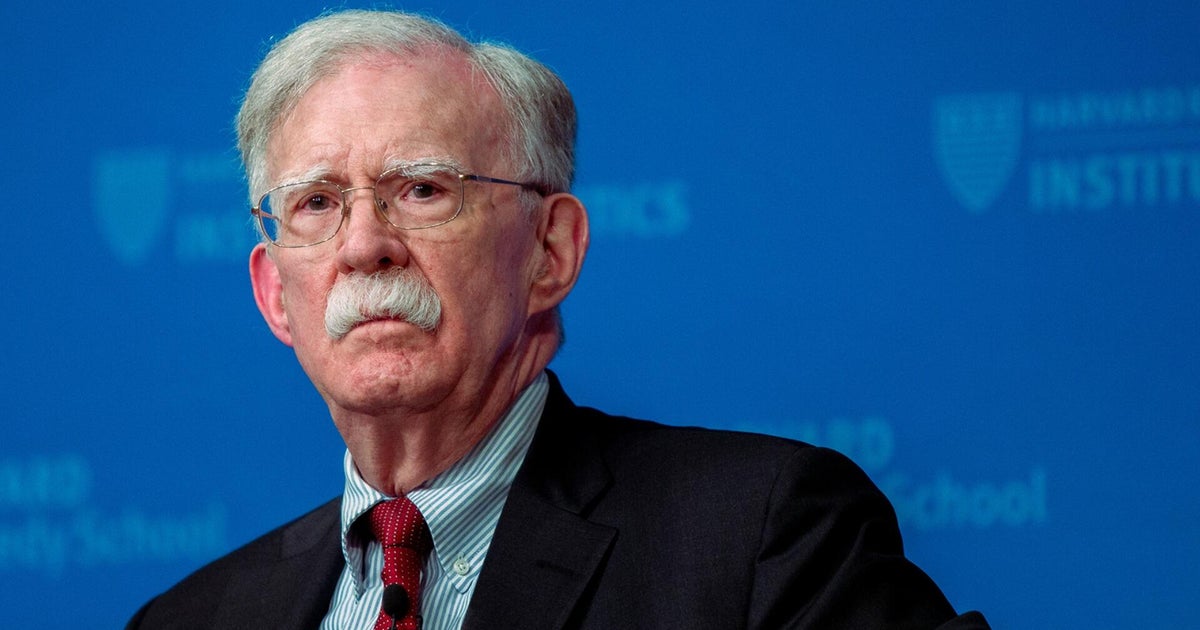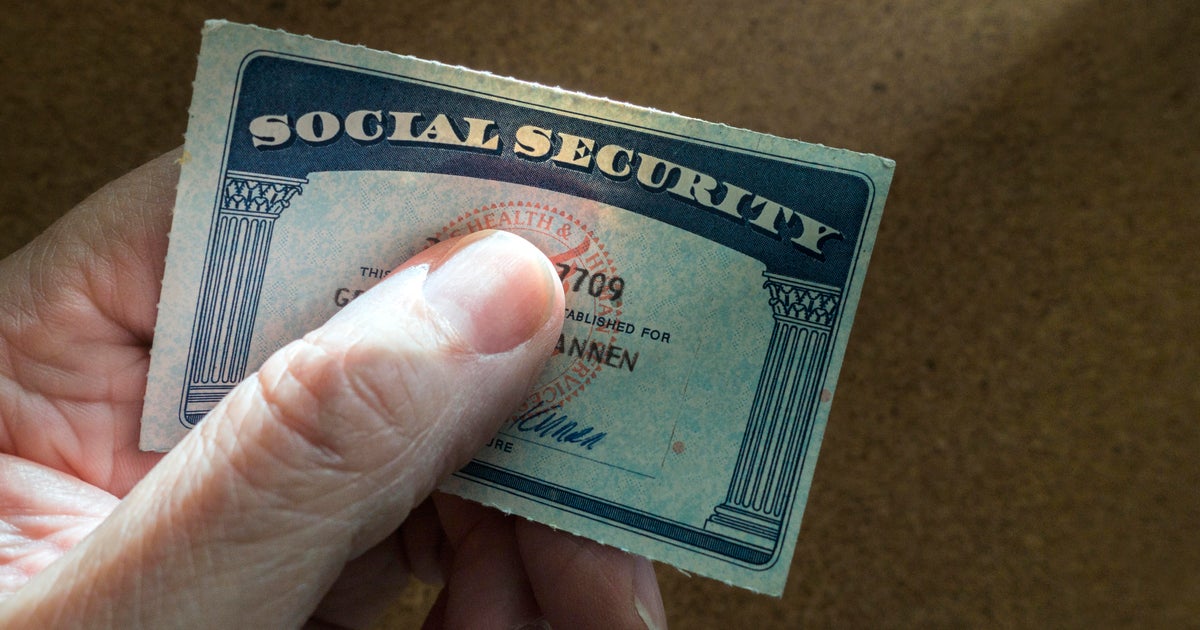Opinion
October 17, 2025 — 5.00am
October 17, 2025 — 5.00am
Eighty-one years ago yesterday, Robert Menzies founded the Liberal Party. Today, it faces the most severe crisis in its history. This is not simply some garden variety post-election soul-searching of the defeated. This is a party figuring out whether it can go on. A party where its members are so plainly canvassing the possibility of the splitting permanently that one of its rising stars, finance spokesman James Paterson, was moved this week to deliver a major speech imploring his colleagues not to divorce one another. Its leader Sussan Ley on Thursday declared the party had strayed from its foundational values and issued a cry for the party to return to them.
This is not the consequence of one bad night in March. This year’s election was not a happening, but a culmination. In the narrow sense, it was a sequel to the nightmare of 2022, when the problem was not so much the size of the defeat (Labor won a tiny majority) as the nature of it. The Liberals watched as the teals swept away wealthy inner-city seats that were once unlosable, in the process vanquishing the Liberal Party’s most senior liberally minded politicians. This year’s election finished that job, vanquishing the Liberals from the cities almost entirely.

Illustration by Simon Letch
But in the broader sense, 2025 was decades in the making. If the Liberal Party’s problems are now existential, it is because the very conditions that made it viable, indeed dominant, for so long have evaporated. Some of this is a function of the Liberal Party’s contradictions. But some of it is a result of its successes, too.
Menzies created the party by uniting 18 anti-Labor organisations. Politics in those days was organised largely around the Labor Party: either Labor formed government, or a coalition of “non-Labor” parties did. That coalition might be free-traders or protectionists or nationalists, or some combination of these, but there was no nationally co-ordinated conservative party. Menzies remedied this by building a party on the foundations of liberalism, in which the individual reigns supreme, but even this was complicated. The Coalition as we know it expresses an unorthodox marriage of the Liberal Party’s individualism, and the Nationals’ agrarian socialism, which backed state support for primary industries.
This basic structure of Australian politics changed dramatically with the Hawke and Keating governments. Their signature economic reforms had a distinctly liberal flavour: floating the dollar, dismantling tariffs, deregulating the financial system, privatising Qantas and the Commonwealth Bank. Hawke and Keating were not Reagan or Thatcher, and did things such as introducing Medicare, but they funded such projects with a more liberal economics, which changed Labor politics forever. And that, by definition, changed the nature of non-Labor politics, too.
Loading
Politics became a contest between shades of a broadly agreed liberalism. Fights occurred at the edges, over issues such as means-testing, safety nets and levels of government spending. Only when someone seriously overstepped, such as John Howard with WorkChoices, did sparks truly fly. The days of socialism being (to crib Menzies) “the growing threat to all that is good in our beloved country” were over.
The big difference was on culture. As Labor liberalised economically, it also did so socially. The White Australia party dreaming of a working man’s paradise ended up spruiking being part of Asia, celebrating multiculturalism and pursuing reconciliation. From John Howard on, the Liberal Party struck a very different pose. Howard emphasised our British ties, dismissed reconciliation proposals and began interrogating migrant communities on their acceptance of Australian values.
But Howard’s lengthy success obscured the contradictions the Coalition now embodied. Put simply, its free-market economics pulled in the opposite direction of its social conservatism. It demanded high immigration – especially from Asia – but bemoaned the cultural change that brought. It wanted to deregulate labour, making working hours more irregular and unpredictable, then bemoaned the hollowing out of family life. It wanted globalisation and nationalism all at once.
This was a winning combination, but also an unstable one. That is the nature of contradictions: the seams holding them together can only take so much. And once the economics got worse – from the global financial crisis to the pandemic to the inflation crisis that followed – the seams split everywhere.
In America, the Republicans faced an insurrection from the Tea Party movement before being swallowed whole by MAGA. In the UK, the Tories faced an assault from UKIP, which precipitated Brexit. Then, via COVID, they wound their way to crushing defeat, and have since gone significantly further backwards, now trailing Nigel Farage’s MAGA-like Reform Party. If conservative politics began this century sitting on a contradiction, in each of these cases it has ended up resolving it by shedding its liberal skin.
Loading
That’s the heart of the Liberal Party’s crisis. To call it a policy difference underestimates the severity of the philosophical contest. Consider immigration, currently the source of so much Liberal infighting. Look closely and you’ll see Liberals actually agree: they want to reduce net immigration. The fight is over the ideology behind it. Ley’s speech this week celebrated the Liberal Party’s history of supporting migrants and multiculturalism, citing Menzies as the first to call for a non-discriminatory immigration system. Meanwhile, Andrew Hastie and Jacinta Nampijinpa Price want to mount a One Nation-style case, talking of immigrants making Australians feel like “strangers in our own home” and accusing Labor of importing Labor-friendly Indians. Imagine the depth of the party’s divisions on policies where they disagree.
Perhaps the Liberal Party can avoid walking the American or British path. Certainly, that was both Ley’s and Paterson’s plea this week, fearing our system of compulsory, preferential voting makes that a recipe for a generation in opposition. They’re wise to build their case from principle, evoking the ghost of Menzies eight decades after he changed political history. The question is whether time has eroded those foundations so thoroughly that even Menzies himself couldn’t revive them.
Waleed Aly is a broadcaster, author and academic and regular columnist.
The Opinion newsletter is a weekly wrap of views that will challenge, champion and inform your own. Sign up here.
Most Viewed in Politics
Loading

